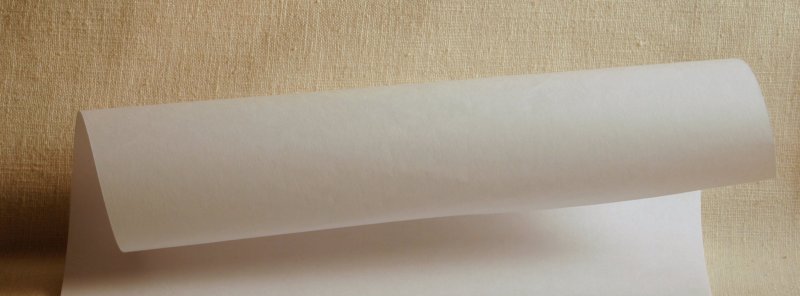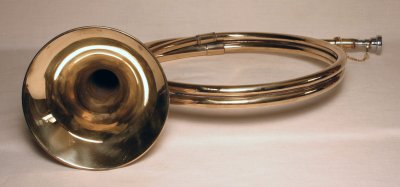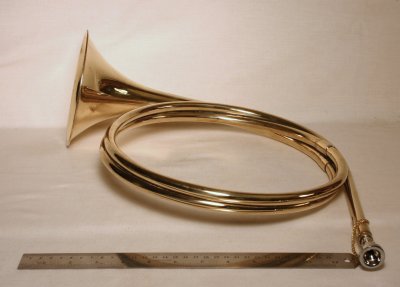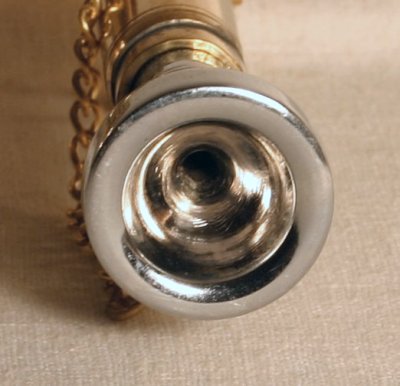
bout the Horn
 Musical instruments have been used as a form of communication since antiquity.
An example of this is the stereotypical use of the blare of the trumpet to signal the charge.
Such communication was used in hunting.
The preferred instrument in such hunts since the Middle Ages was the horn.
Originally these were made from animal horns.
By the Renaissance they were made from brass.
In Germany these instruments retained their arcuate form, like an animal horn.
In England they were straight rather than curved.
In France the instrument was coiled, and called a trompe Dufouilloux.
Musical instruments have been used as a form of communication since antiquity.
An example of this is the stereotypical use of the blare of the trumpet to signal the charge.
Such communication was used in hunting.
The preferred instrument in such hunts since the Middle Ages was the horn.
Originally these were made from animal horns.
By the Renaissance they were made from brass.
In Germany these instruments retained their arcuate form, like an animal horn.
In England they were straight rather than curved.
In France the instrument was coiled, and called a trompe Dufouilloux.
During the late sixteenth century there developed a helical horn called the trompe Maricourt. It was larger than the other horns mentioned above, having as much as two meters of tubing. The instrument was cumbersome and thus was not used during the hunt. Rather it was used to entertain hunters before and after the hunt. It was truly intended as a musical instrument.
During the seventeenth century horns gradually made their way into orchestral music. By the early eighteenth century horn parts were specified. Keiser calls for two cornes de chasse in his opera Octavia. (Recorders are also used in the opera.) By this time the trompe Maricourt had evolved into an instrument that looks similar to the one shown on this page. Unlike the later instruments such as the French Horn, this instrument lacks valves, as well as additional crooks or sections of tubing to allow it to play in different keys.
Pictured below is a natural horn by renowned craftsman and educator Richard Seraphinoff

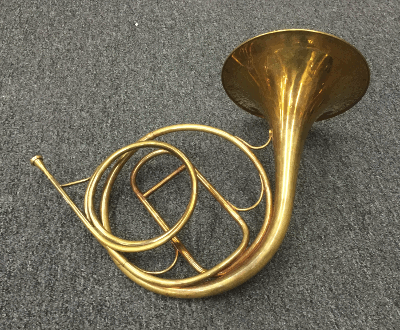
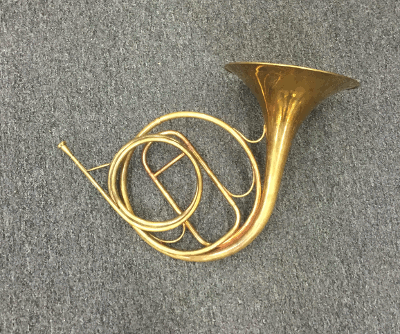
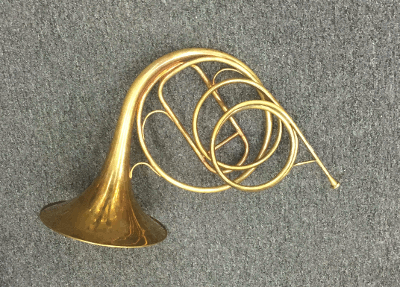
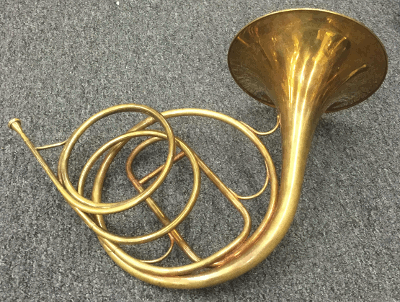

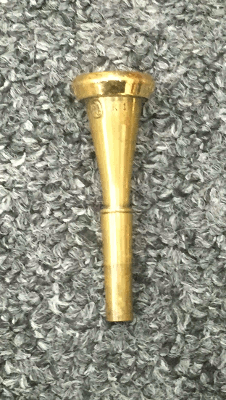
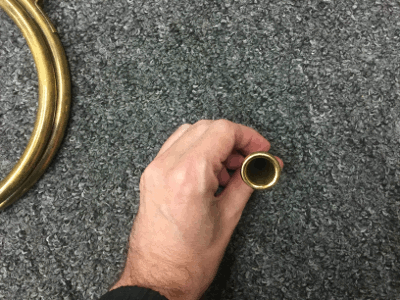
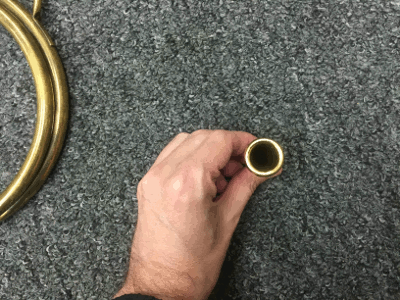
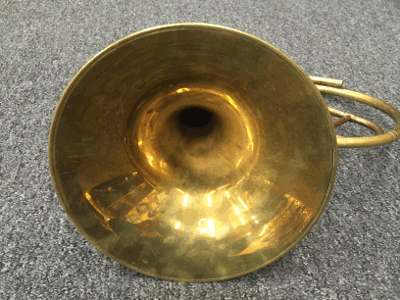

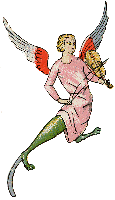
Page Design Copyright 2010 Michael Berger
Clip Art Copyright 2002 Dover Publications
